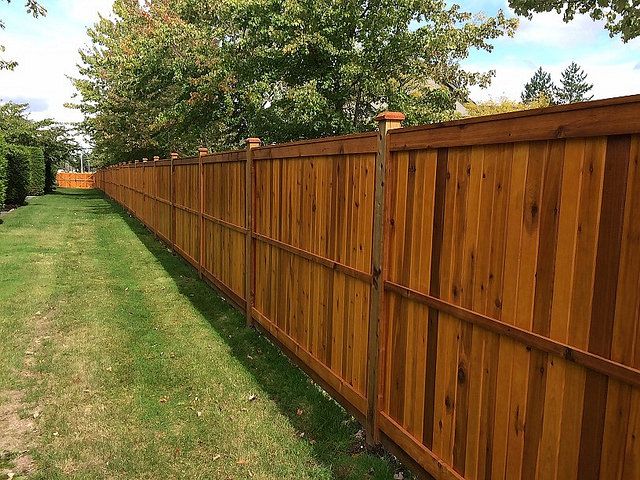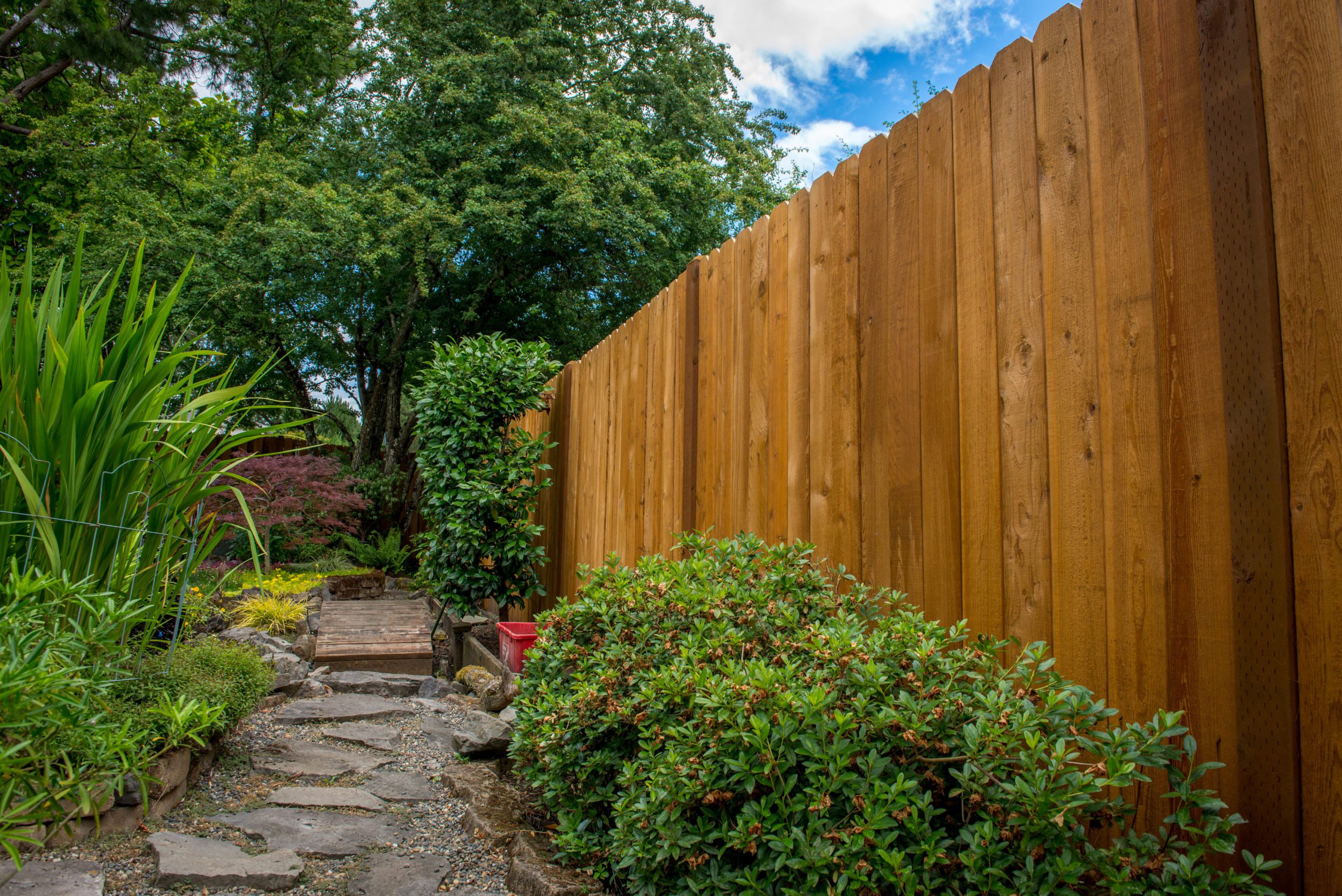Essential Tips for Deck Discoloration Success
Achieving a flawlessly stained deck requires more than just a brush and a can of stain. The secret to a successful deck staining project hinges on the thorough focus to information and adherence to essential actions. From picking the ideal kind of discolor to grasping the art of application, each stage plays a vital function in the final end result. Whether you are a seasoned do it yourself lover or embarking on your initial deck discoloration experience, comprehending the subtleties of the procedure can make all the distinction in the durability and aesthetic allure of your outside space.
Picking the Right Stain
Selecting the ideal tarnish is extremely important in accomplishing a long lasting and cosmetically pleasing surface for your deck. deck cleaning near me. When choosing a tarnish for your deck, it is necessary to take into consideration elements such as the wood kind, preferred shade, degree of security needed, and maintenance choices
First of all, consider the kind of timber your deck is made of, as various wood varieties may respond in a different way to certain sorts of spots. Woods like oak or mahogany may require different spots compared to softwoods like want or cedar. Understanding the qualities of the wood will help you pick a tarnish that penetrates properly and enhances its all-natural beauty.
Following, consider the shade you want for your deck. Discolorations come in a selection of shades, from natural tones that boost the wood's grain to even more nontransparent colors that supply better UV security. Choose a shade that matches your exterior area and matches your visual preferences.
Moreover, assess the degree of defense the stain offers. Some discolorations offer a lot more substantial protection against UV rays, dampness, and mildew, which can prolong the life of your deck. Stabilizing defense with aesthetic appeals is key to attaining a long-lasting and visually enticing surface.
Preparing the Deck Surface Area
To make certain a successful application of the selected tarnish, detailed prep work of the deck surface is essential. Start by cleansing the deck thoroughly to remove dirt, debris, and any previous finishings. Use a deck cleaner or wood brightener in addition to a stiff-bristled brush to scrub the surface clean. Pay very close attention to locations vulnerable to mold and mildew and mold growth. After cleaning, allow the deck to dry completely before proceeding.
Examine the deck for any type of damaged or rotten boards. Change or fix these as required to make certain the architectural stability of the deck. Sanding the surface area might be needed to smooth out rough locations and get rid of any loosened timber fibers. deck staining franklin. This step not just assists the stain stick far better however also boosts the general appearance of the deck.
Using the Spot Correctly

When using the tarnish, make use of a roller, sprayer, or paintbrush , depending on the type of stain and the dimension of the deck. Use the tarnish in the instructions of the wood grain to guarantee also protection and a professional coating.
If a 2nd coat check this site out is necessary,Permit the very first coat to completely dry totally wood fence cost before deciding. Adhere to the maker's guidelines pertaining to drying times and reapplication. Proper application of the stain is necessary for safeguarding your deck and boosting its look for many years to find.
Keeping Your Stained Deck
After effectively using the tarnish to your deck, maintaining its appearance and protective high qualities is vital for lasting sturdiness and aesthetic charm. Routine maintenance is essential to protecting the charm and stability of your discolored deck. Attending to concerns quickly can stop them from worsening and prolong the life of your tarnished deck.

Troubleshooting Common Issues
Recognizing and addressing typical concerns that may develop with your stained deck is necessary for ensuring its long life and optimal performance. One typical trouble view it is peeling or flaking of the tarnish.
An additional issue commonly encountered is mold and mildew and mildew development on the deck surface. This can be connected to moisture retention, absence of sunlight, or incorrect air flow. To tackle this problem, a detailed cleaning with a mold and mildew eliminator followed by appropriate drying out and application of a mold-resistant discolor is critical.
Furthermore, fading of the discolor shade with time is a widespread concern. UV exposure and harsh weather can trigger staining. To resolve this, picking a top notch, UV-resistant tarnish and using a fresh coat regularly can assist keep the deck's visual allure.

Verdict
To conclude, successful deck staining needs selecting the appropriate tarnish, appropriately preparing the deck surface area, applying the discolor appropriately, and keeping the discolored deck. By adhering to these necessary suggestions, you can attain a perfectly stained deck that boosts the overall look of your outdoor area. Bear in mind to fix any kind of common concerns that may emerge during the discoloration process to ensure a aesthetically enticing and lasting outcome.
Attaining a flawlessly discolored deck requires even more than just a brush and a container of tarnish.To guarantee an effective application of the picked stain, detailed preparation of the deck surface is crucial. When applying the discolor, use a paintbrush, sprayer, or roller , depending on the type of discolor and the dimension of the deck.Recognizing and addressing typical problems that might emerge with your tarnished deck is important for ensuring its durability and optimum performance.In verdict, effective deck discoloration calls for picking the right stain, correctly preparing the deck surface, applying the discolor properly, and preserving the discolored deck.